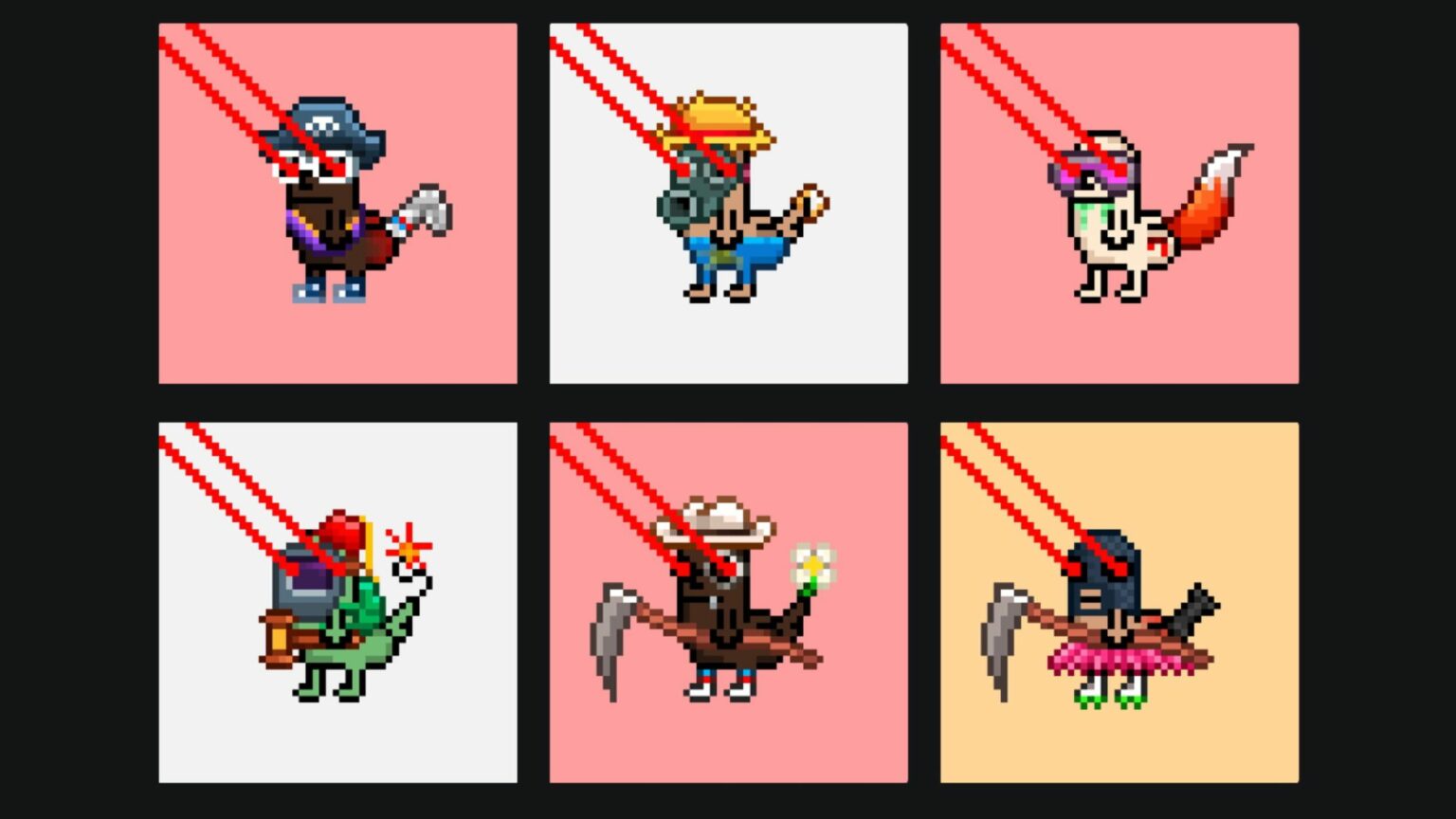Ordinals “sparked a fire” for NFTs built on Bitcoin, according to Stacks founder Muneeb Ali. However, fundamentalists criticized the protocol as an affront to Bitcoin’s founding ethos of facilitating peer-to-peer financial transactions.
Software engineer Casey Rodarmor launched Ordinals on the Bitcoin mainnet on January 21. The new protocol uses what he calls “inscriptions” to create and store NFTs on the network. Ordinals are created by embedding things like text, audio or images on the Bitcoin blockchain.
Rodarmor said the inscriptions are made on the smallest Bitcoin unit known as “satoshis”, or “sats,” to create unique and “true digital artifacts [that are] decentralized, immutable, always on-chain, and native to Bitcoin.” The NFTs can be held and transferred across the network.
Inscriptions are finally ready for Bitcoin mainnet.
Inscriptions are like NFTs, but are true digital artifacts: decentralized, immutable, always on-chain, and native to Bitcoin. 🧵https://t.co/a4dK7zdITS
— Casey (@rodarmor) January 20, 2023
Ordinals divide Bitcoin community
The Bitcoin community is split as to whether the Ordinals are well suited for the network. Bitcoin fundamentalists argue that any use of the blockchain outside of financial transactions detracts from the original vision of the pseudonymous Bitcoin founder Satoshi Nakamoto.
They also say the “digital artifacts” could lead to congestion on the Bitcoin network as the new NFTs compete with normal financial payments for block space. This will push up the cost of sending a transaction over the blockchain.
Also read: Hermes’ Win in MetaBirkins NFT Lawsuit Could Spell Disaster for Metaverse Economy
Prominent Bitcoin core developer and Blockstream CEO Adam Back, at one time considered a potential Satoshi (an honor he denied), described Ordinals as “crap” and urged miners to censor the NFT-like items as a “form of discouragement.” That tweet was later deleted.
In yet another tweet he spoke of Bitcoin’s censorship-resistance. But also stated that, “does not stop us mildly commenting on the sheer waste and stupidity of an encoding. At least do something efficient. Otherwise it’s another proof of consumption of block-space thingy.”
In 2010, Satoshi Nakamoto responded to a question on whether Bitcoin should be used for non-financial purposes with an emphatic “No”.
Muneeb Ali, founder of Bitcoin open-source smart contract platform Stacks, is convinced that more improvements should come to Bitcoin.
“Ordinals sparked a fire for Bitcoin NFTs,” Ali wrote on Twitter. “sBTC can do this for Bitcoin DeFi (decentralized finance),” he added, referring to the synthetic Bitcoin token enabled by the Synthetix protocol. “We’re witnessing a revival of Bitcoin builders culture; you love to see it.”
Ordinals sparked a fire for Bitcoin NFTs; sBTC can do this for Bitcoin DeFi.
We’re witnessing a revival of Bitcoin builders culture; you love to see it.
— muneeb.btc (@muneeb) February 10, 2023
Utilizing the Bitcoin Taproot upgrade of 2021, Casey Rodarmor emphasized that his Ordinals protocol posed no threat because it does not require “any changes to Bitcoin” to create a non-fungible token on the network.
The Bitcoin Core network activated Taproot in November 2021, its first major upgrade since the Segregated Witness upgrade in 2017. It is an attempt to catch up with developments happening elsewhere within the crypto industry.
Scaling the Bitcoin network
There has always been questions on how Bitcoin would handle huge traffic if non-fungible tokens and other decentralized applications launched on the network. Writing on Github, developer Danny Huuep said there are “ways to do [Bitcoin] NFTs on-chain in a scalable way.”
“Generative NFTs can create a rich set of NFTs at very small data sizes. These type of NFTs can be great for scalability of NFTs on Bitcoin. For example, OnChainMonkey launched 10k images with Ordinals using less than 20,000 bytes, so it cost only 2 bytes/image,” he said.
Ali, a Bitcoiner since 2013, has previously criticized Bitcoin hardliners, blaming them for the cryptocurrency’s failure to develop as a “productive asset”. He argued BTC needed a new strategy to attract more developers and encourage new functionality layers for scalability.
The computer scientist spoke of how stablecoins like Tether (USDT), which at a certain point utilized the Omni-layer on Bitcoin, had migrated to other blockchains, particularly Ethereum, which now accounts for the bulk of Tether’s “economic activity.”
In addition, Ali pointed out that NFTs started on Bitcoin via peer-to-peer financial platform Counterparty, “and now almost all of the non-fungible token economic activity is on Ethereum and others.” Ali said at the time:
“We need a strategy to attract more developers and encourage new functionality layers for smart contracts or scalability, for example. Instead, the maximalist circles make fun of every new use-case in the crypto industry. Betting against devs is not what bitcoiners used to do.”
Ali pointed to his own project Stacks, and the Lightning Network as “few exceptions” of venture capitalist-funded projects toward improving functionality on the Bitcoin network, but growth continued to lag other competing blockchains.
What drives the value of Ordinals?
The Ordinals protocol has its roots in the ordinals mathemetical numbering theory and system. It allows tracking and transferring of individual satoshis, the native currency of the Bitcoin network.
Satoshis stand out because they are numbered in the exact order they are mined and are normally transferred from transaction inputs to transaction outputs on a first-in-first-out basis.
“Individual satoshis can be inscribed with arbitrary content, creating unique Bitcoin-native digital artifacts that can be held in Bitcoin wallets and transferred using Bitcoin transactions,” said Ordinals creator Rodarmor.
The Ordinals are underpinned and inspired by evidence that humans are natural collectors. As NFTs, the satoshis feed the appetite by providing rare assets and collectibles. Since satoshis are trackable and transferable, they will be collectable.
The value of the satoshis will be linked to key Bitcoin periodic events that are considered frequent, uncommon, and rare.









 and then
and then